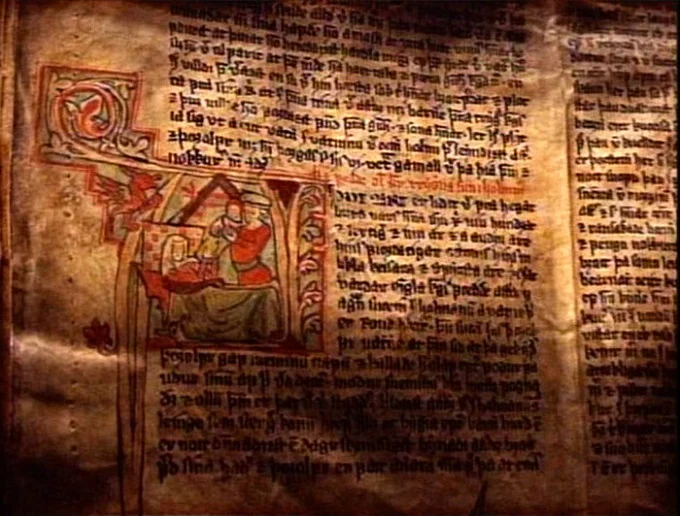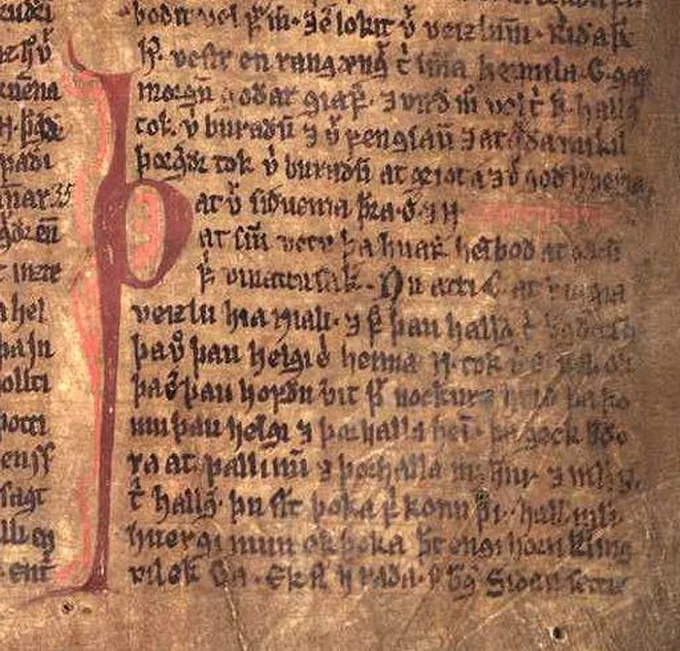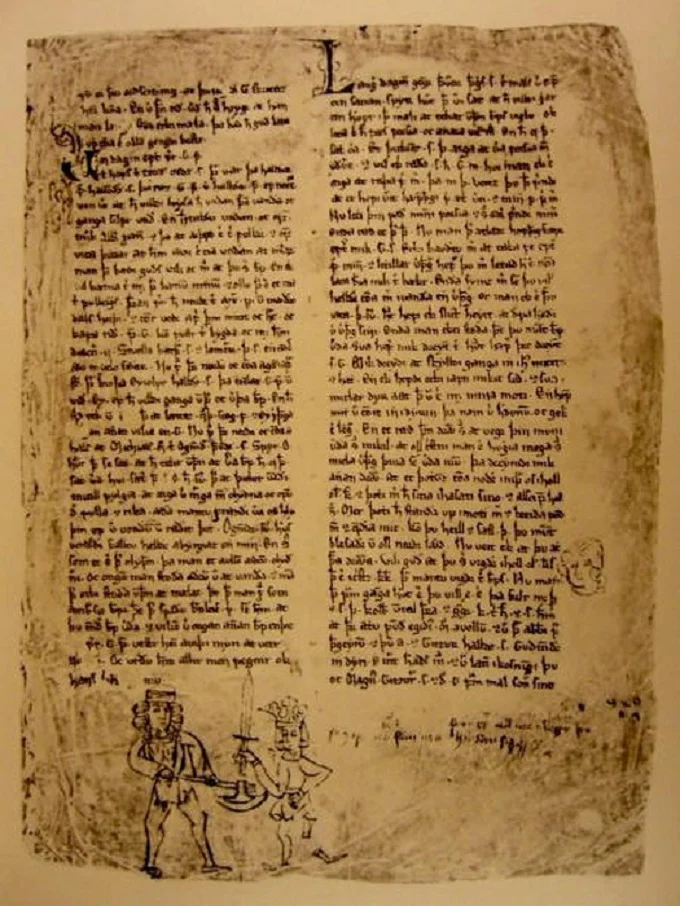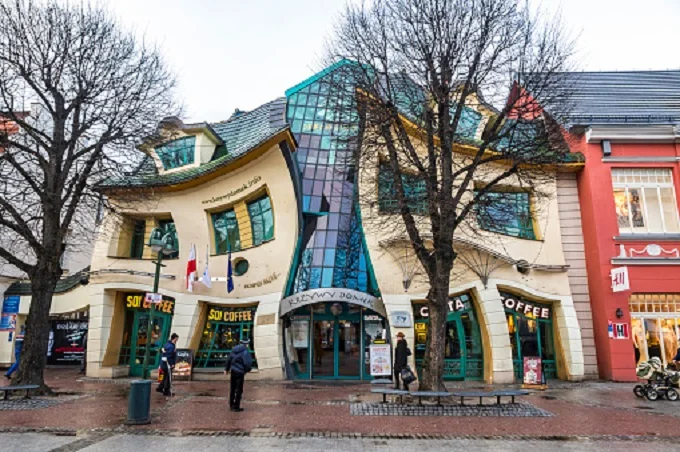How ancient sagas came into being

The saga is, at its core, a story as long as it is true. In the past, the saga could be referred to as a historical document – so high was the credibility of it and its author or narrator. The texts of the manuscripts also indicated that what was recorded corresponds to what happened in reality. It is no coincidence that even in ancient times, “false sagas” appeared – that is, those that were close in form to the true ones but were filled, at the author’s discretion, with myths and legends.
All sagas, with rare exceptions, were composed in Iceland. This island in the North Atlantic Ocean, west of the Scandinavian Peninsula, was inhabited in the 9th century by Norwegians who left their homelands due to the conflict with King Harald I. present Icelanders.
Sagami called legends about the people and its history, about childbirth and family strife, then – about rulers, bishops, knights. The word saga in Old Norse means “legend”. By the way, the English say (“to say”) has also become related to this term.
A remarkable feature of the Icelandic sagas is that now one can only guess about their original, original content, about the period of creation, and often – about the authors. Old manuscripts have survived to this day, but the fact is that they were written down a considerable time after the events of the sagas took place.
Here, as with the “Tale of Bygone Years” – due to the late appearance of writing, one has to be content with texts that were written “from memory” – the people’s memory. And how one narrator told another, what he added and what he forgot, whether he included his thoughts in an essentially truthful saga or exactly repeated the words of his predecessor – it is impossible to say.

The most ancient written sources, where the sagas are recorded, date back to the XII century, and most of the sagas were formed in the period from X to XI centuries – this is the so-called “age of sagas” or “era of sagas”.
Manuscripts were compiled in large numbers until the 15th century, and thanks to this, a fairly large number of these examples of Icelandic literature have survived. They also allow you to study the history of medieval Scandinavia and the invasions of the Vikings, including their travels to the Slavic lands. Or do they still not allow it?
Other characters of the sagas
Among the sagas, several main varieties can be distinguished. Sagas were told about ancient times – that is, about the early periods of Icelandic and Scandinavian history. These truthful narratives included a fairly significant number of myths and legends.
However, other types of sagas were not exempt from some fiction. Often the god Odin, the chief of the pantheon of gods of Germanic-Scandinavian mythology, became the character of the legend. Appearing in the narrative in the guise of a venerable old man, he often helps the heroes.
They composed “sagas about Icelanders”, family sagas – they described in detail the stories of strife, cases of blood feuds, which determined the life of many generations of warring families.

Sagas are generally distinguished by a detailed, detailed description of all the characters and their genealogy. A leisurely story about the name of the hero’s parents, and then his wife and other family members, and then all the same descriptions about the next hero of the younger generation, and so many times – now it might seem boring since it removes the listener-reader from plot twists, but for Icelanders, it was unthinkable to do without this component.
“Freyr became ruler after Njord. He was called the ruler of the Swedes, and he took tribute from them. There were the same fruitful years with him as with his father, and he was just as loved. Freyr erected a great temple in Uppsala, and there was his capital. There went tribute from all his lands, and there was all his wealth. From here came the Uppsala wealth and has always existed ever since.
Under Freyr, Frodi’s peace began. Then there were fruitful years in all countries. The Swedes attributed them to Freyr. He was revered more than other gods because the people became richer under him than before, thanks to the peace and fruitful years. His wife was Gerd’s daughter Gyumir. Their son’s name was Fjolnir. Frey’s name was also Yngwie. The name Yngwie has long been considered an honorary title of his kind, and his relatives later began to be called “Ynglings”. (“The Saga of the Ynglings”, circa 1220 – 1230, by Snorri Sturluson).
Sagas and the study of Icelandic history
The sagas about Icelanders, as a separate kind of sagas, told, in addition to histories about blood feuds, stories about the travels of the Vikings, and also about how the first colonizers moved to the island. Most likely, such narratives once included real events in the life of Icelanders, at least in their original presentation.
There were “royal sagas”, they were added about the rulers – mainly the rulers of Norway, to which Iceland was subordinated in the middle of the XIII century. After some time, the so-called “knightly sagas” appeared – they were translations of French love songs and other works of this kind that came to Iceland from the mainland.

In the XI century, the island became Christian, the first church appeared here (which, however, did not oust the Scandinavian gods from the Icelandic epic). They began to put together the so-called sagas about bishops, representing the biography of Christian saints.
Another type of saga was the “saga of recent events”: in these cases, it was about what happened either with the author’s participation or became known to him directly from one of the characters. Such tales included a large number of small details, which is why the volume of works could reach a thousand pages, and the number of characters could even exceed this number.
Turning to the sagas, you can study both the history and mythology of Iceland – and more often than not, it is not easy or even impossible to separate one from the other. The absolute truthfulness of the story is unlikely, first of all, because of the significant, several centuries, the time interval between the events and the records about them. There are also compilation sagas, such as the Sturlung saga, created to generalize the history of Iceland before its submission to Norway.
On the other hand, you can call these Icelandic works a kind of national encyclopedia: they sometimes included the texts of ancient laws, and short stories, and fragments of poetic works. The authors of most of the sagas are unknown, only sagas on religious themes recorded since the 14th century contain references to the author.
One of these narrators was Sturla Thordarson, who, having written several sagas about the settlement of Iceland, went down in history both as a prose writer and as a historiographer.
The sagas proved to be a valuable contribution of Icelanders to European literature and the study of medieval history. But about the same Vikings, they give a rather vague idea. The history of the Vikings ended much earlier than the first manuscripts with the old sagas that appeared.




